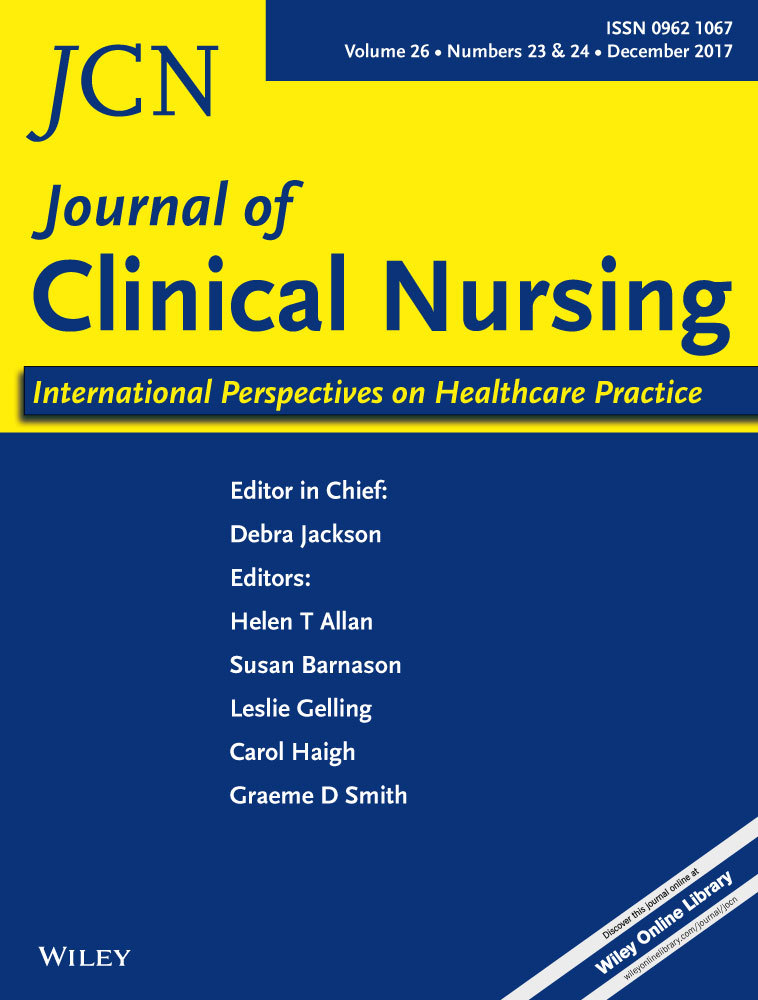Complications of peripherally inserted central catheters in advanced cancer patients undergoing combined radiotherapy and chemotherapy
Funding information
This work was funded by Wuxi Medical Controlling Center (YGZXH1313)
Abstract
Aims and objectives
To identify whether patients with advanced cancers were at high risk of peripherall"y inserted central catheter-related complications when treated with concurrent chemo-radiotherapy.
Background
Peripherally inserted central catheters are widely used in chemotherapy. However, catheter usage may elevate the risks of infections and thrombosis. It is important to identify the patients with high risk of peripherally inserted central catheter-related complications. To date, little is known about peripherally inserted central catheter-related complications in patients with advanced cancers and receiving concurrent chemo-radiotherapy.
Design
Five hundred and sixty-nine cancer patients with advanced cancers and treated by chemo-radiotherapy were analysed in the study. The incidences of peripherally inserted central catheter-related complications were investigated.
Methods
Univariable and multivariable logistic regression analyses were employed for identification of risk factors.
Results
Eighty-six (15.1%) patients exhibited peripherally inserted central catheter-related infectious complications, of which 6.3% were local infection, 3.9% were catheter-related bloodstream infection and 4.9% were exit-site infection. Sixty-five (11.4%) developed symptomatic peripherally inserted central catheter-related thrombosis, and 52 (9.1%) were suffering from phlebitis. The overall complication rate was 53.1%. The univariable logistic regression and multivariate analysis showed that comorbidity (OR 1.51, p = .0148) and body mass index (OR 1.46, p = .0157), and duration of radio-chemotherapy (OR 1.4733, p = .0049) were significantly associated with peripherally inserted central catheter-related complications. Patients with peripherally inserted central catheter-related complications showed lower 5-year survival rate than those without peripherally inserted central catheter-related complications.
Conclusions
Identification of risk factors for peripherally inserted central catheter-related complications in patients with advanced cancer before catheter usage may play an important role in improvement of the prognosis.
Relevance to clinical practice
Doctors need to be aware of the risk of peripherally inserted central catheter-related complications in patients with advanced cancers.




